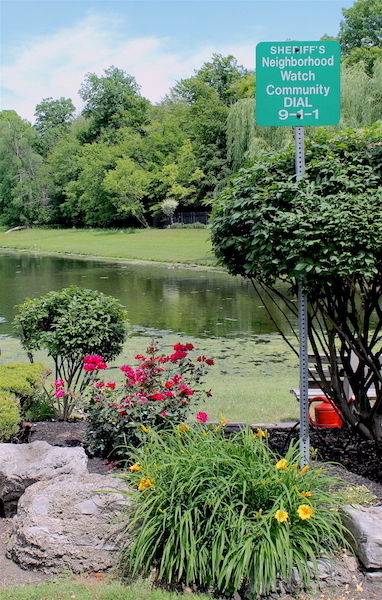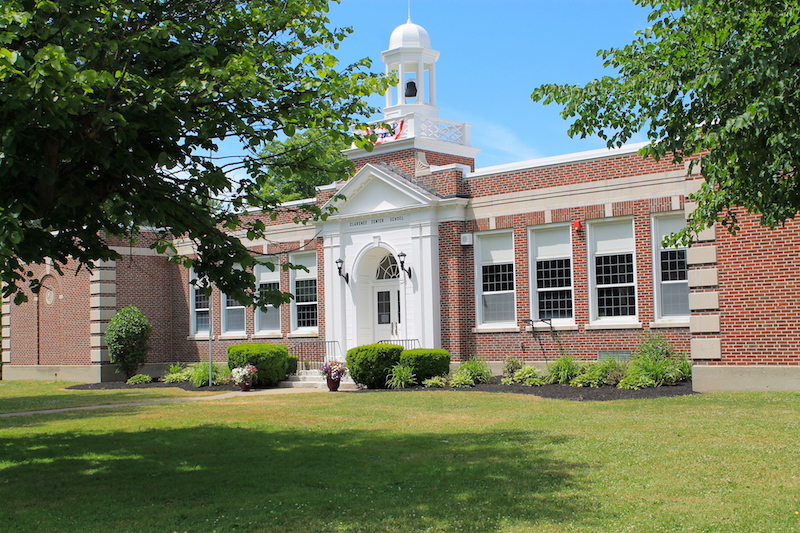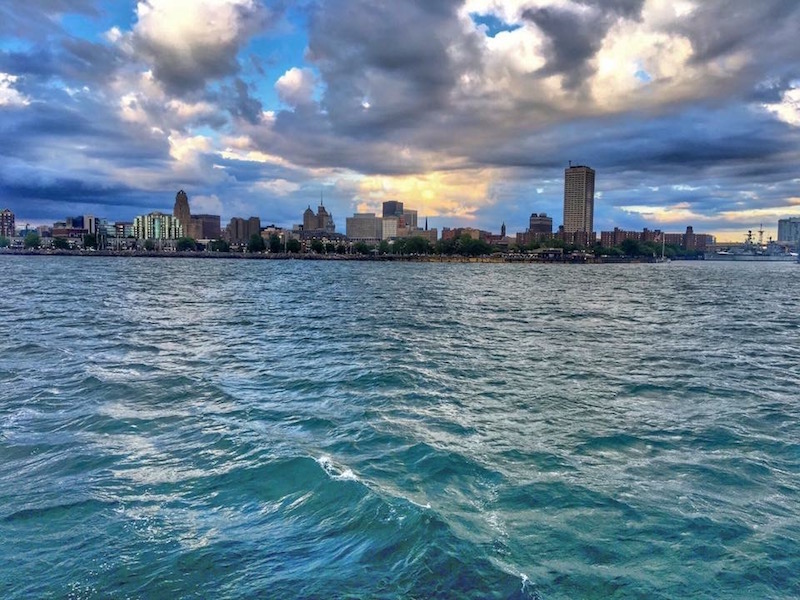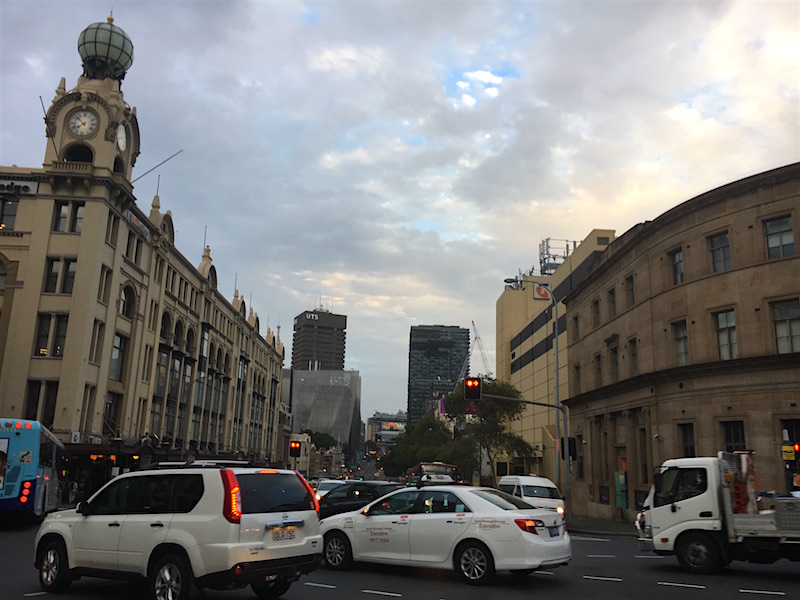
Congratulations! You’ve made the decision to move. Now here comes the hard part: where on the map do you plan to go? Is the move a pursuit of a new adventure and atmosphere? Or are you moving for a new job?
You are probably overcome with excitement, but don’t let your emotions blur your vision when seeking out the best neighborhood for you. To be fully satisfied, there are a few major things to consider beyond the listing price of your home. Here is a compiled list of things to keep in mind to help answer the dreaded question, “how to decide where to live.”
A Few Things to Consider When Deciding Where to Live
Cost Of Living
When moving between states or big cities, there will always be a change in the cost of living. From average property expenses to the typical cost to register a car, the prices of your basic necessities will most likely fluctuate when moving to a new city.
Sometimes this difference is dramatic; the bigger, more desired cities are usually the most expensive. In order to stay aligned with your moving budget, be sure to research the average costs for groceries, gas, taxes and even parking in your new neighborhood. Ask locals and friends in the area what to expect. If you do a proper amount of investigating, you won’t be ill-prepared if a surprise arises.

Crime Rate
You would never want to sacrifice your family’s safety just because you found a cheap house in an eclectic city. Utilize today’s technology and research the types and frequency of crime within your area.
AreaVibes is a great free resource that provides livability scores, from one to 100, for neighborhoods across the U.S. Additionally, the site compares each area’s livability to state and national averages. Seven livability factors, one of which is crime, are ranked by AreaVibes and provided a letter grade, from F to A+.
Another great user-friendly and free site, specific for crime rate, is SpotCrime. SpotCrime gathers data from local law enforcement agencies, local tips and news reports to track crime. A unique feature of this site is its ability to alert users via email, Facebook, Twitter and several other platforms.
For a second opinion you can even call a realtor agency for one-on-one advice and information. Be thorough when determining if the neighborhood is a right fit so you’re not blindsided on move-in day, pulling up to your new front door.

Educational System
Are you a parent or soon-to-be parent? When relocating, don’t forget to look into the educational systems available and have a look at what they offer. Are private schools as well as public schools available? Do the schools have a high graduation rate and college attendance? Is student safety a top priority at their schools? Are the school activities you might be interested in, offered? AreaVibes also ranks the educational systems of each area, taking into account the total amount of private and public schools, the teacher to student ratio, average test scores, and more.
We did our own analysis of the best cities in the U.S. for education that may be a good starting point for your research. The more you look into before arriving in the area, the more satisfied you and your kids will be on your choice of where to live.

Amenities
Some cities are known for their sports teams, beaches or hiking trails. So you and your family aren’t missing the amenities you love or need the most, check out what the city has to offer.
A few Amenities to Consider When Deciding Where to Live:
- Healthcare facilities
- Major airports
- Mass transportation systems
- Professional sport teams
- Libraries
- Amusement parks
- Live music venues
There will always be sacrifices made when moving, but make the list minimal after becoming familiar with what is available.

Commute Time and Public Transportation
Access to public transportation can be a significant benefit to any lifestyle while being environmentally sound. In some cities, there is no need to have a car because of ample access to public transportation. Los Angeles, however, is a city where having a car and defensive driving skills are essential.
Is public transit on your list of “must haves” for your usual commutes? Or is a car needed for your family’s day to day?
Activities, Events and Nightlife
You can tell a lot about a community by the events and activities it holds. Every household has different interests and needs. If you’re a family you’ll be wanting different opportunities than a young single couple. Keep your hobbies and passions in mind when searching out a new city. Do you love to bowl, line dance or go kayaking? Examine what your new neighborhood has to offer that will satisfy your needs. If you’re surrounded by a network of people who share similar interests, you’ll be able to quickly merge into the community.

Weather
Last, but not least, what is the weather like in the area you’re moving to? If you really love the snow, maybe you won’t be happy moving somewhere with high temperatures all year-long. Do you have a health condition, like asthma, that makes it harder to breathe when it is hot or humid? Look into the average highs and lows, humidity and precipitation patterns so you won’t have any regrets when the seasons begin to shift.
There are many factors that make an area high in livability. We hope this article will help guide you to the perfect neighborhood for you.
Don’t forget, you are not alone in this journey and sometimes it is worth the additional research when making such a large decision. Once you’ve made up your mind, make packing a breeze with our moving checklist.
Good luck!






